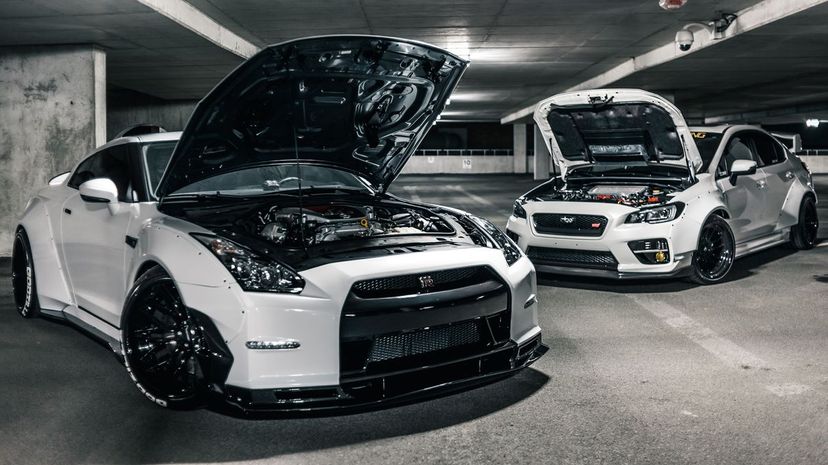
About This Quiz
While you don't have to know how to build a clock to tell what time it is, it is helpful to know how your engine works before you jump into the car and take off. Do you have a clue what's going on under the hood when you press down on the gas pedal? This quiz is designed to test your knowledge of the machine that makes traveling from place to place in your daily commute easier and safe.
Should you be able to tear down and rebuild a motor before you get a driver's license? Nah. If that was the case, the roads would be deserted except for a select few mechanical geniuses! Knowing the basics of how the internal combustion engine operates, however, can be extremely valuable. Not only will you be able to have an intelligent conversation with your mechanic when your car needs servicing, but you'll also be able to avoid some of the damage that can occur to an engine operated by a neglectful owner. While the modern engine is a wonder of mechanical science, it still needs some love every now and then!
Are you the kind of owner who can show it that love?
We bet you are, and you can prove you know more than the average motorist by scoring high on this quiz! You'll never need to field strip and clean your engine, but we think you know how to keep your motorized buddy happy and on the road. Prove us right by taking this quiz! Let's do this!
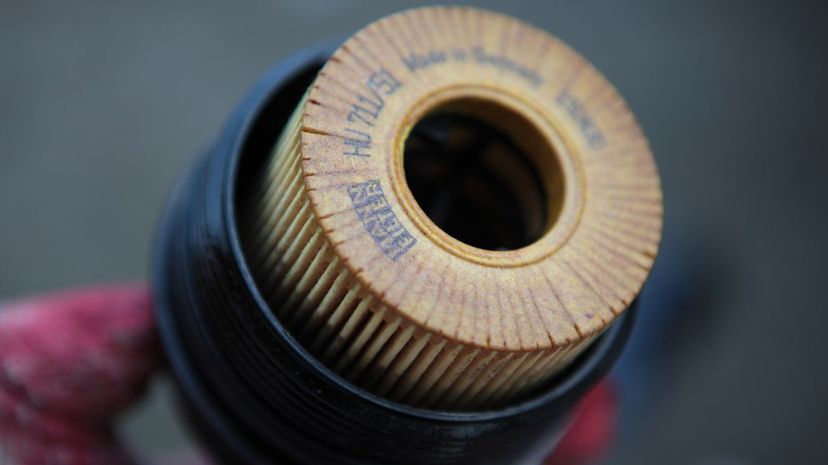
The oil filter can hold about a quart of oil on its own, so when the vehicle's oil is changed, this part needs to be changed out as well; otherwise, a sizable amount of dirty oil will contaminate the nice, clean lubricant that was just put in.
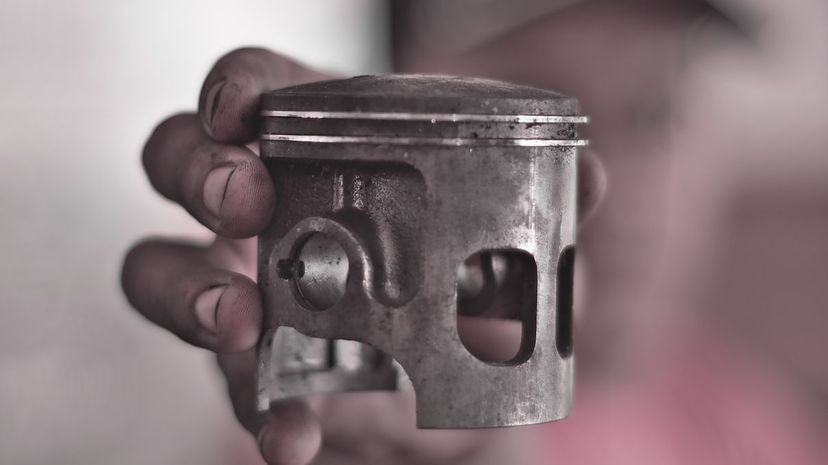
The pistons travel up and down the cylinder shaft, driven by the internal combustion process. They are forced down the cylinder by the explosion, and then compress the fresh fuel/air mix as they return up toward the cylinder head.
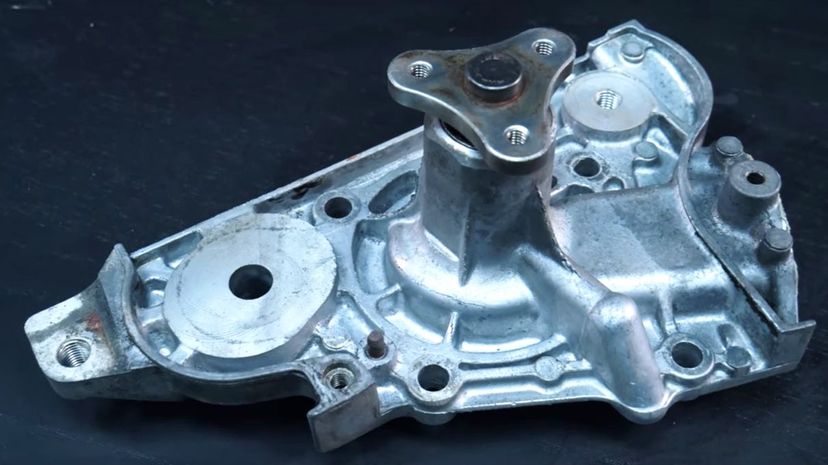
Although modern cars are much more likely to use antifreeze than water in the coolant system, the water pump is the device that keeps things moving. If the water pump — which can be either electrical or mechanical — goes out, your car is about to heat up in a bad way.
Advertisement
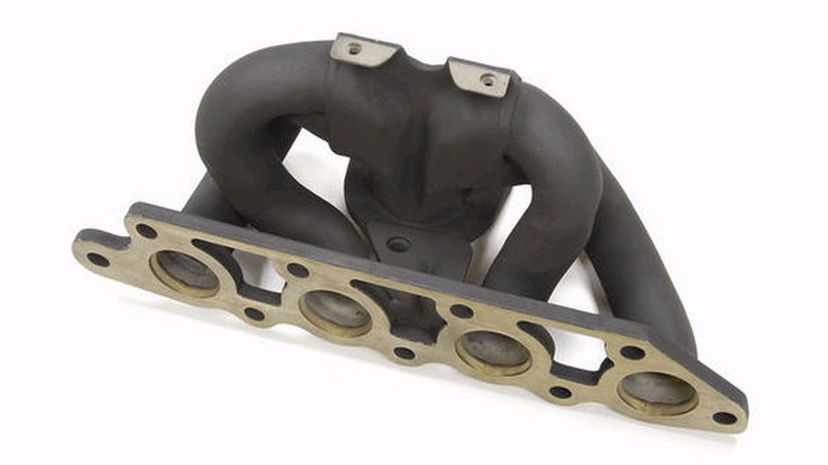
After the internal combustion process, the spent gases must be removed to make room for the fresh fuel/air mixture. These gases go through the exhaust valve(s) of the cylinder and then leave the engine by flowing through the exhaust manifold.
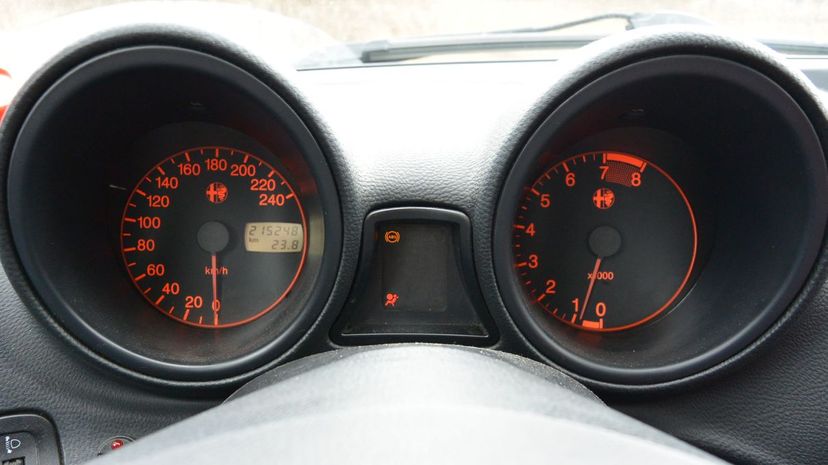
The Engine Control Unit, or ECU (also known as the DME, DDE and by other names), is the computer that your car uses to maintain proper working order. This processor takes information from various sensors around the engine and the rest of the car to make decisions about fuel allocation and other factors.
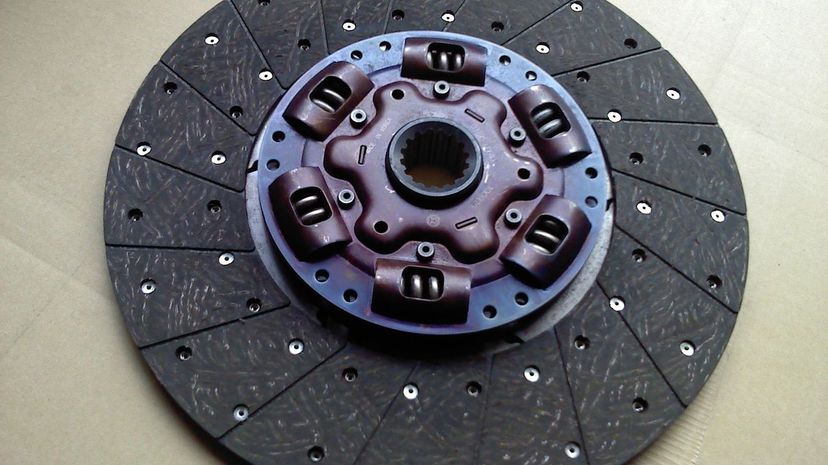
When you shift gears in a car with a manual transmission, you are using the clutch to disengage the engine from the transmission while you change which gear the transmission is using. This is a smooth process for experienced drivers. With drivers who are just learning to use the clutch, however, you're going to get jerked around a bit until they get the hang of it.
Advertisement
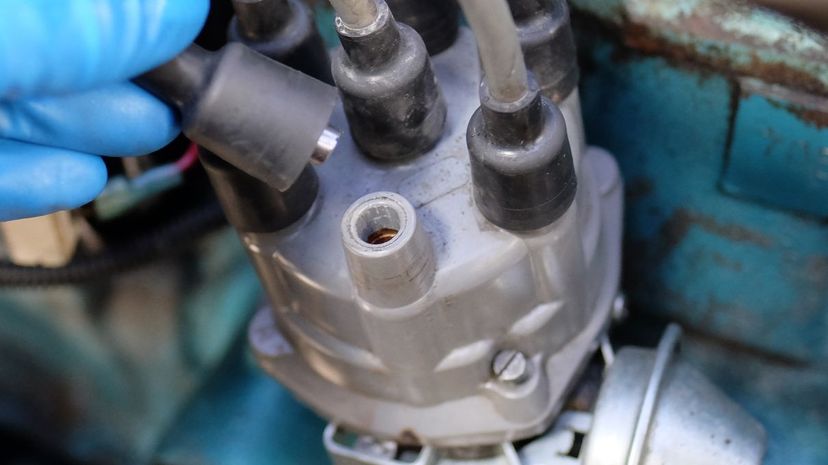
Each cylinder in your modern car has its own ignition coil, which sends the necessary electricity to each spark plug to ignite the fuel/air mix and drive the pistons. This job used to be accomplished by the distributor cap and points. Time, however, marches on.
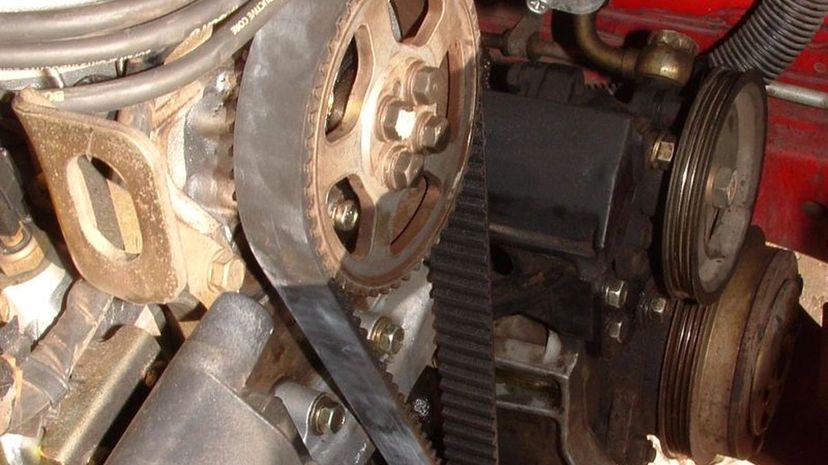
The timing belt connects the camshaft and the crankshaft to keep the two elements in sync. The crankshaft rotates twice for every time the camshaft rotates, and they must work in harmony so that the valves open and close at the right moment in the four-stroke cycle.
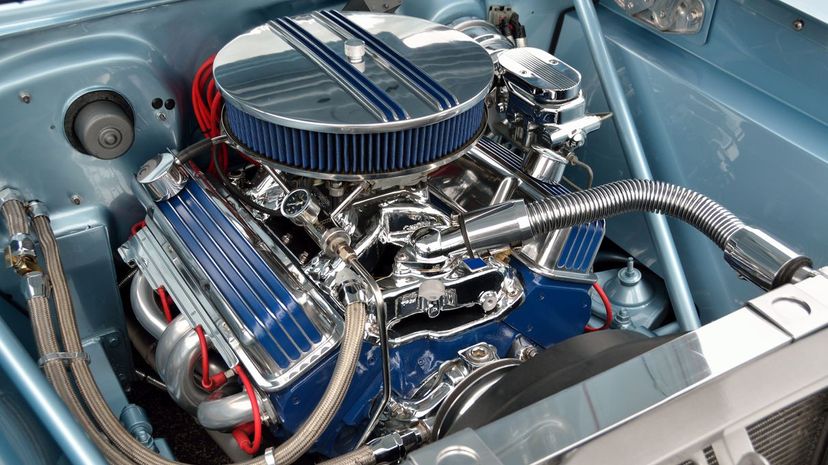
The four-stroke internal combustion engine first takes in the fuel/air mix, then compresses it. The compressed mixture is then ignited, releasing its power and moving the piston. Finally, the exhaust gases are removed and the process starts again.
Advertisement
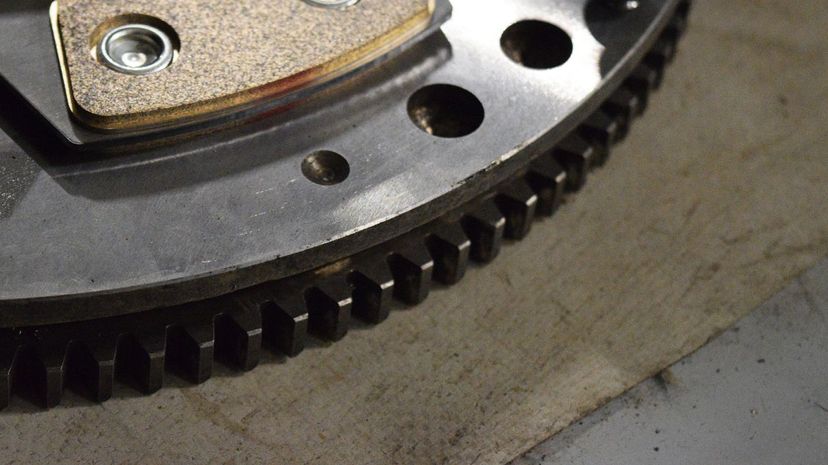
Since the internal combustion process is uneven, stored rotational energy can be a huge help in evening out the ride. In a car's engine, this is accomplished by the flywheel, which spins with the crankshaft and aids in keeping the spinning going at a more consistent rate.
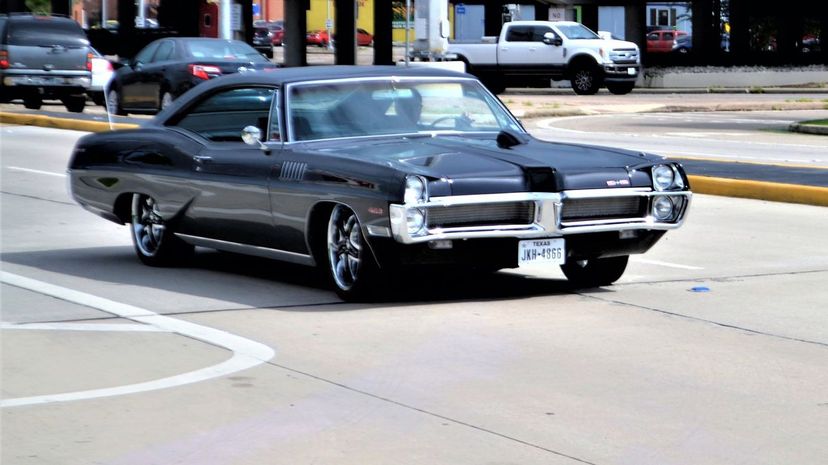
Torque is a measure of turning power and is usually measured in foot-pounds (or Newton-meters). Just as horsepower is a measure of engine power, torque is a measure of how quickly the vehicle can accelerate.
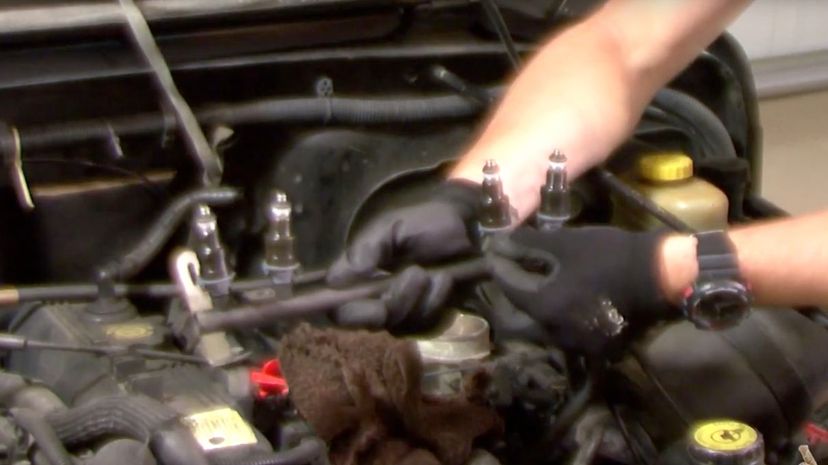
In older vehicles, the carburetor was in charge of creating the fuel/air mixture necessary for the internal combustion process. In modern cars, this duty is filled by the fuel injectors, which keep the fuel and air separate until they enter the cylinder chamber, giving it a more consistent flow.
Advertisement
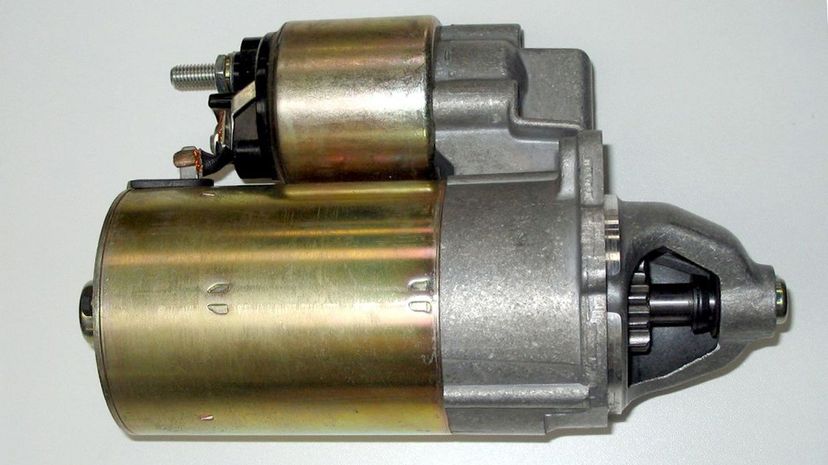
The starter motor is an electric engine that gives the initial boost that causes the automobile's engine to turn over for the first time and get the internal combustion process started. Before they became a standard part of the car, drivers had to use a crank to get the engine started.
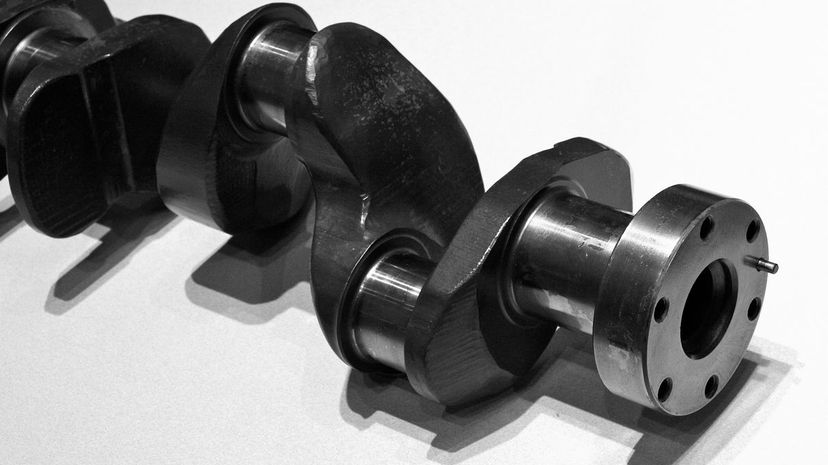
Connected to the pistons by the hinged — and logically named — connecting rods, the crankshaft is rotated by the pistons' linear motion and transmits this motion to the transmission, which ultimately moves the wheels.
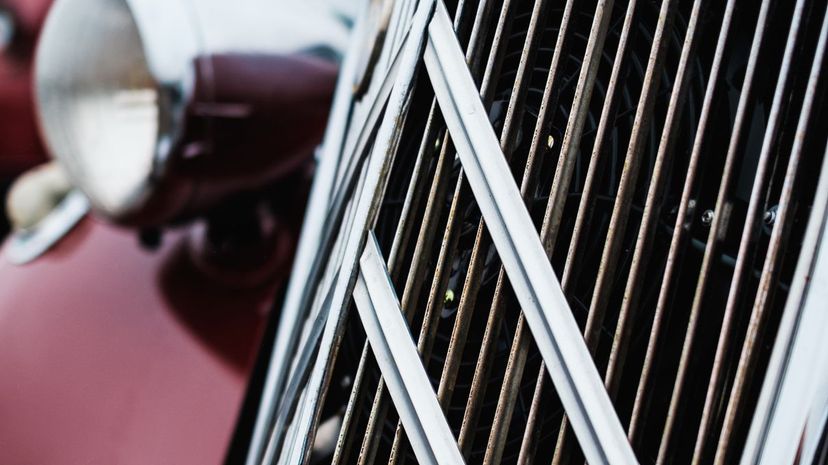
The radiator operates by allowing hot engine coolant to flow through small tubes and come into contact with moving air (from the car being in motion and/or the radiator fan). The air cools the fluid, drawing away some of the engine's heat, and keeps the engine from overheating.
Advertisement
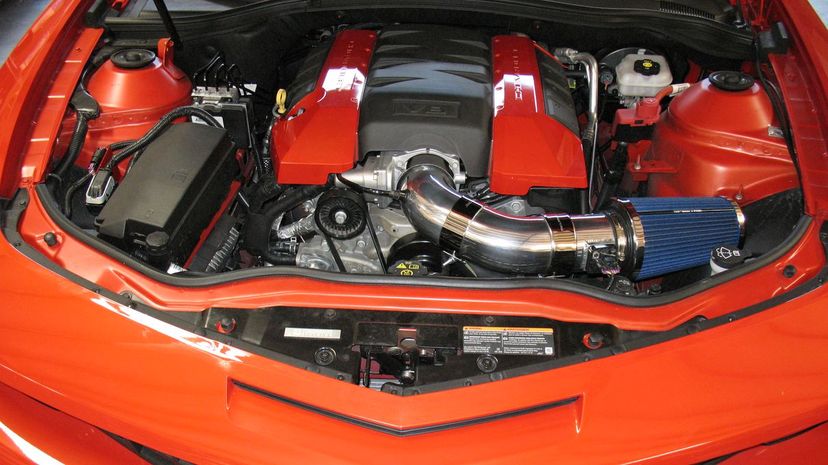
The Mass Air Flow sensor reads how much air is flowing into the engine at any given moment and helps the car's onboard computer determine how much fuel is needed to achieve the desired level of power. The computer will start throwing warning lights and the car will not run smoothly if this part gets contaminated or its electronics fail.
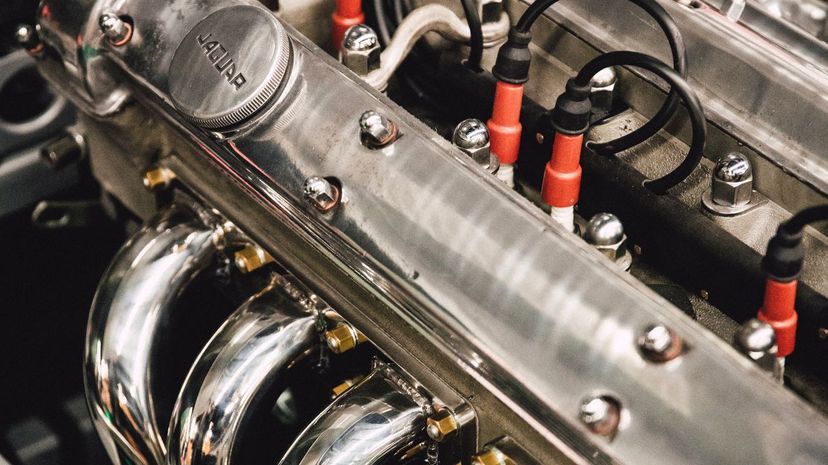
Exhaust headers are one of the most common aftermarket accessories used by people who want to get some extra pep out of their engine. They work by giving each cylinder its own exhaust system rather than using a common exhaust manifold. This helps to eliminate backpressure and ups the engine's horsepower and torque capabilities.
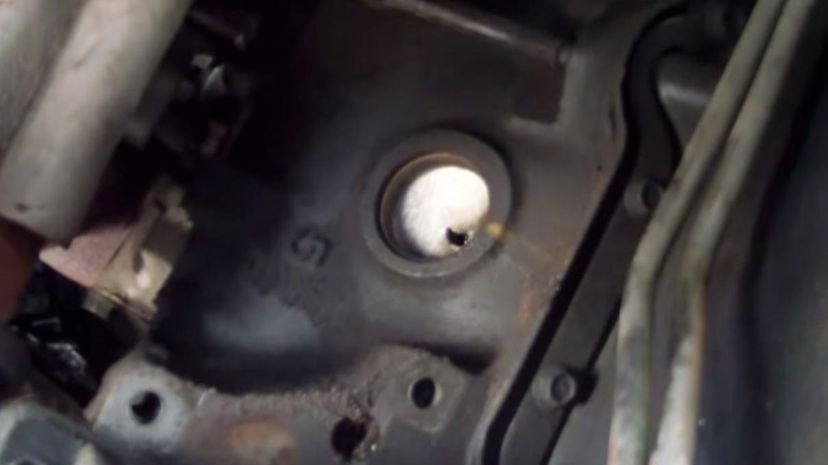
Freeze plugs are usually found on the back, the side or underneath the engine block, and help to relieve pressure inside the block in freezing conditions. When water freezes and expands, the freeze plugs give the pressure a safe place to go.
Advertisement
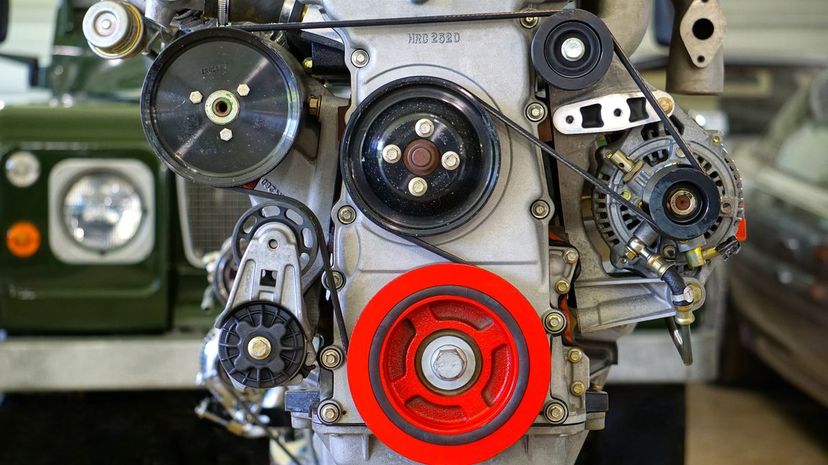
The serpentine belt is connected to many components in your car's engine, including the alternator. By putting it in motion, the serpentine belt allows the alternator to generate electricity for the car's systems and makes sure the battery is properly charged. Older cars may have an alternator belt which just handles that part.
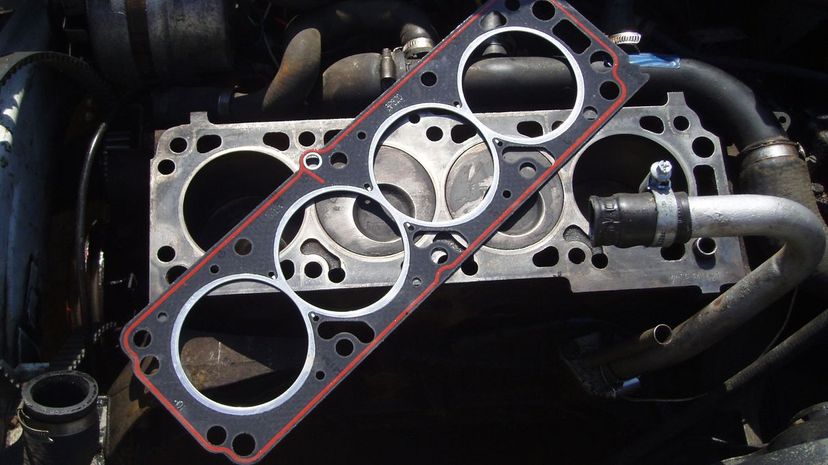
The head gasket is what separates the cylinder head from the engine block, allowing the two elements to work together and form a tight combustion chamber. Water, oil, fuel and exhaust gases also flow through the proper channels in the head gasket. When there's something wrong with this gasket, the engine quickly starts to display symptoms.
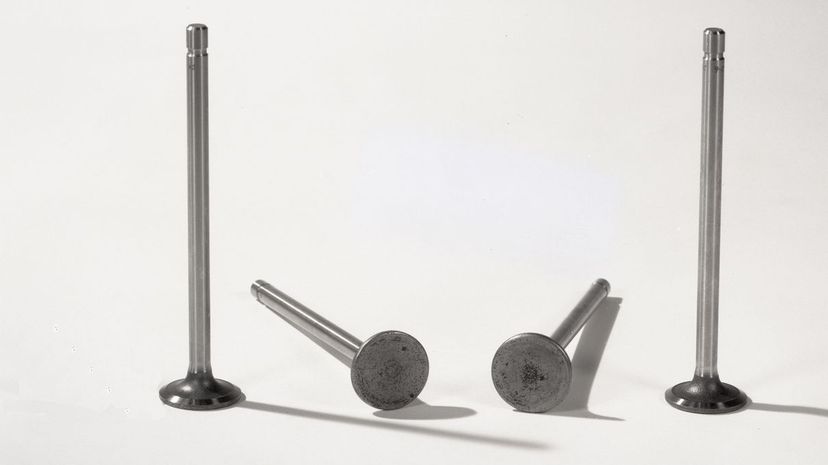
The intake valves allow the fuel/air mixture to be injected into each cylinder for the internal combustion process, and then the exhaust valves release the spent gases to make room for the next cycle. Each cylinder, by the way, may have more than one of each valve.
Advertisement
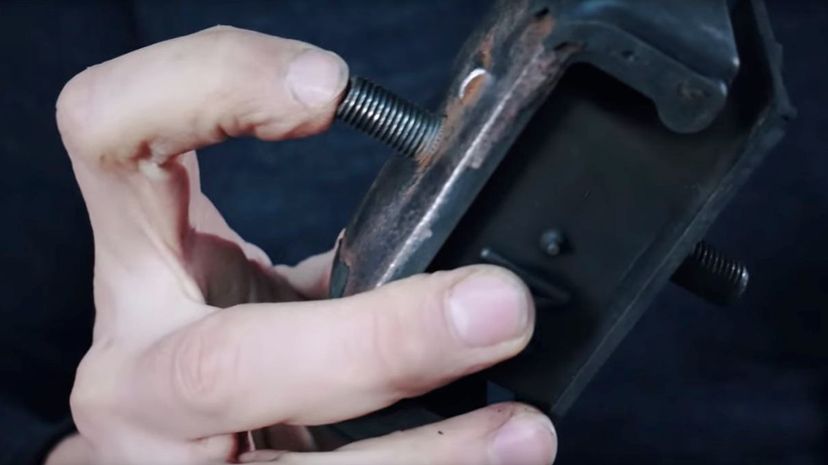
The engine and transmission are held in place in the car's frame by a series of mounts. These mounts are rubberized and, if they get worn and start to fail, the entire passenger compartment will start to feel the vibration of the engine, giving the riders an unwelcome massage.
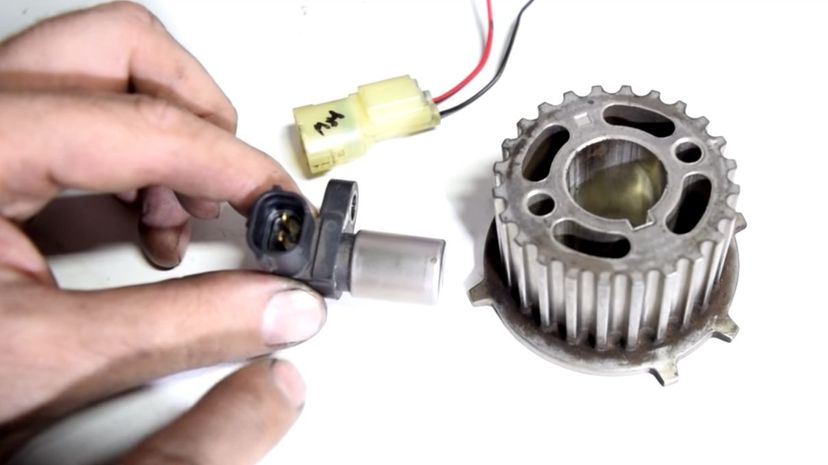
The camshaft position sensor tells the car's computer when to release fuel to each cylinder by letting it know what position the camshaft is currently in. If this sensor starts to give bad readings, the spray of fuel will be incorrect and the engine will not run properly.
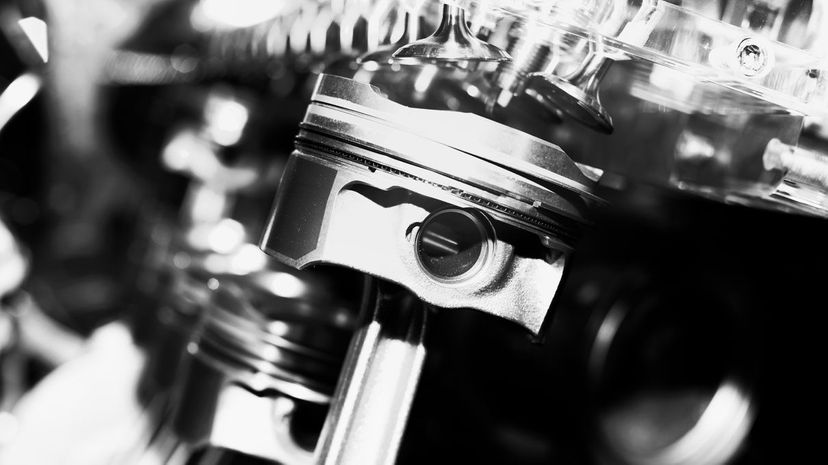
The pistons in an automotive engine typically have three rings. The top two rings aid in compression, making a tight fit between the piston and the cylinder wall while the ring aids in controlling oil and dissipating heat generated in the combustion process.
Advertisement
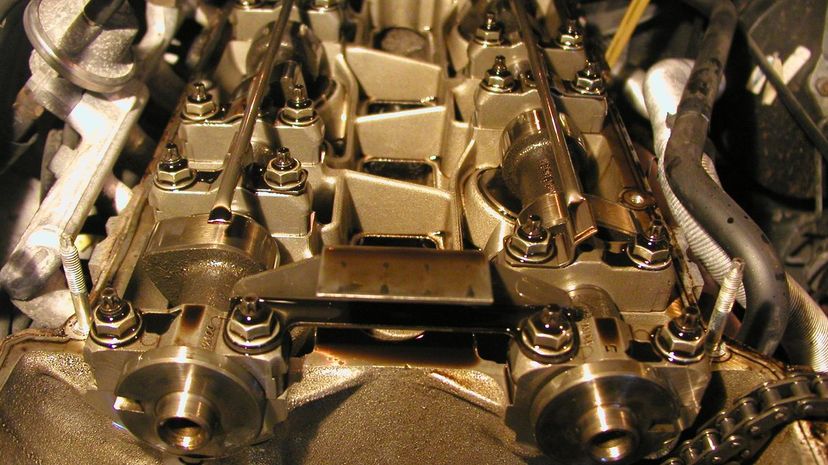
The camshaft, which rotates in time with the crankshaft, opens and shuts the valves going to the cylinders through the use of offset lobes (or cams). This keeps everything moving in the proper order throughout the internal combustion process.
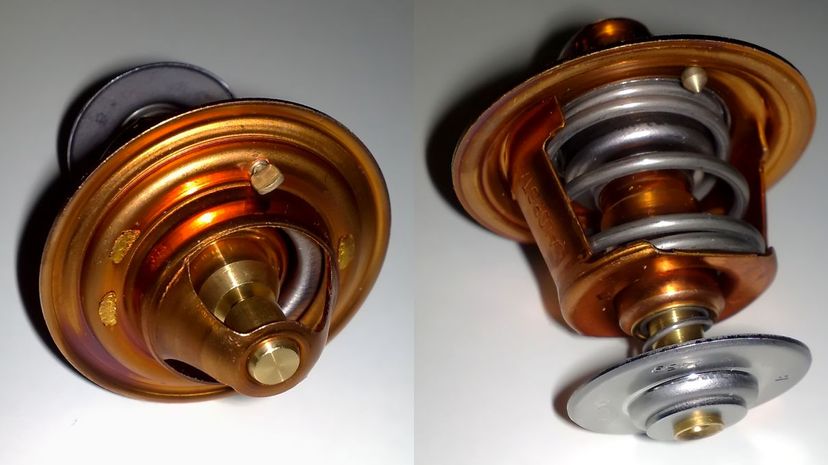
The thermostat in your car's engine is actually a valve that stays closed when the engine first starts and then opens when the engine is warm enough to need the flow of coolant to draw the heat away. If this part gets stuck, the engine can easily overheat.
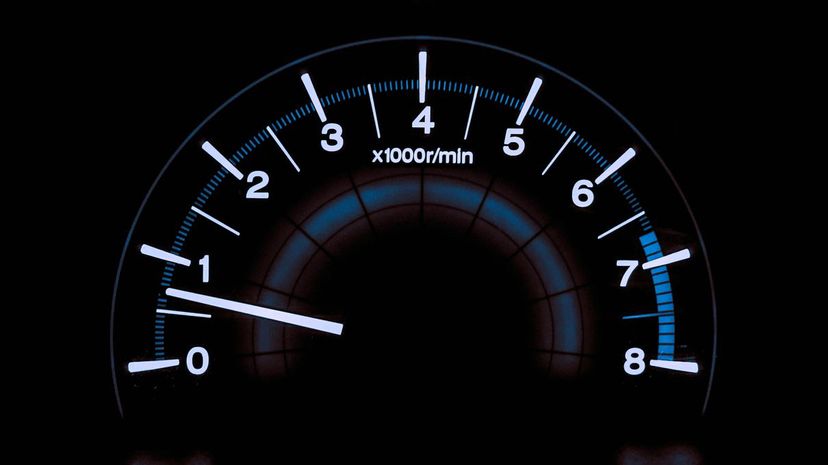
The tachometer is a gauge that measures how many times the crankshaft revolves in a minute (revolutions per minute, or RPM). At idle, the tachometer generally reads about 1,000 RPM for most cars.
Advertisement
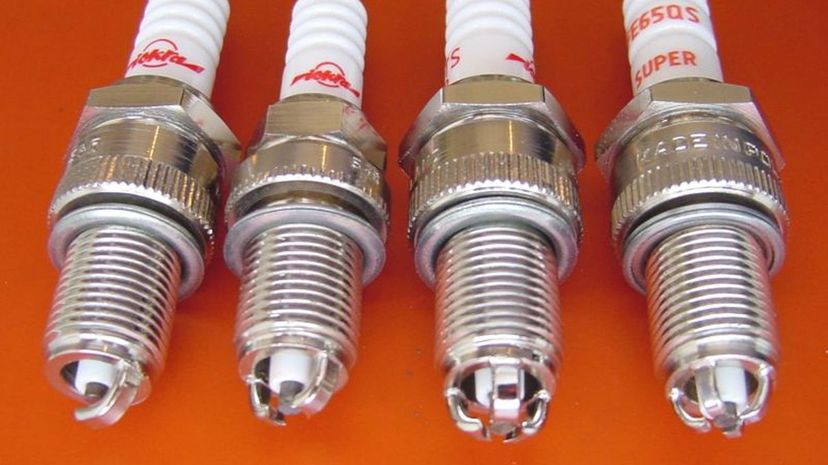
When it comes to an internal combustion engine, timing is everything, and that includes the time it takes for a spark to travel between the electrodes of a spark plug to ignite the fuel/air mix in the cylinder. The gap at the end of each spark must be set to the exact distance specified by the manufacturer for the engine to run properly.
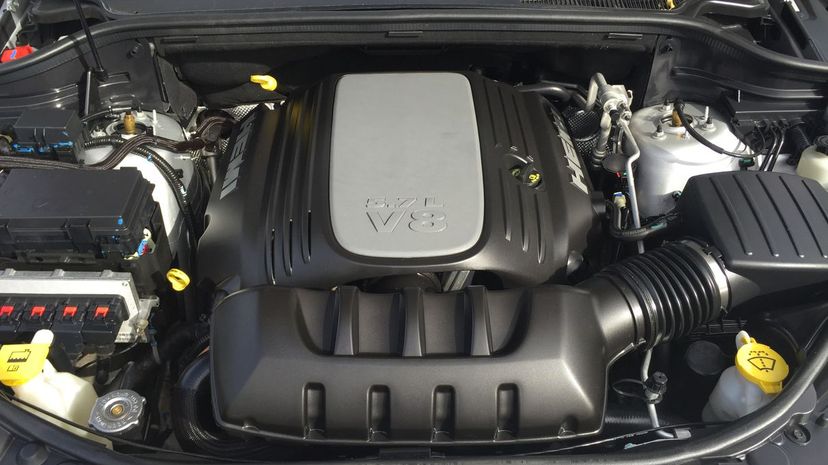
The top of the combustion chamber of a Hemi engine are hemispherical (rather than flat), giving the engine its name. While hemi engines are more complex and more expensive, they can generate more power than a regular engine of the same size.
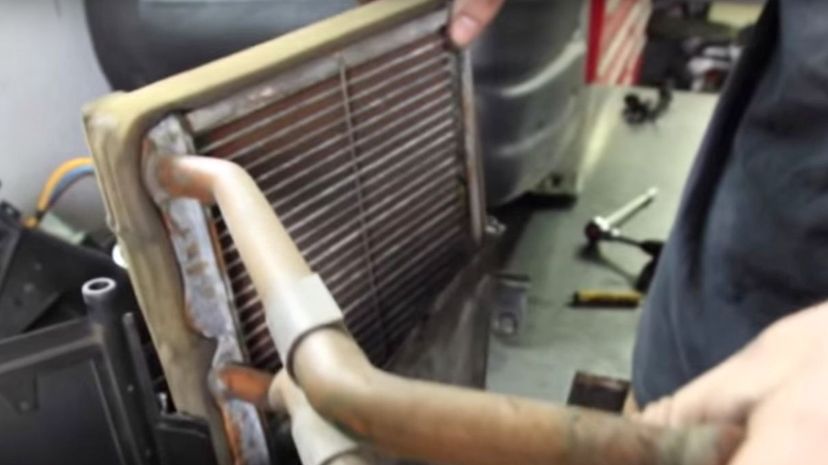
The heater core is an ingenious bit of engineering, taking what would have otherwise been wasted heat and putting it to work to warm the passenger compartment and operate the defroster. It does this by taking some of the heat from the engine coolant and putting it to work.
Advertisement
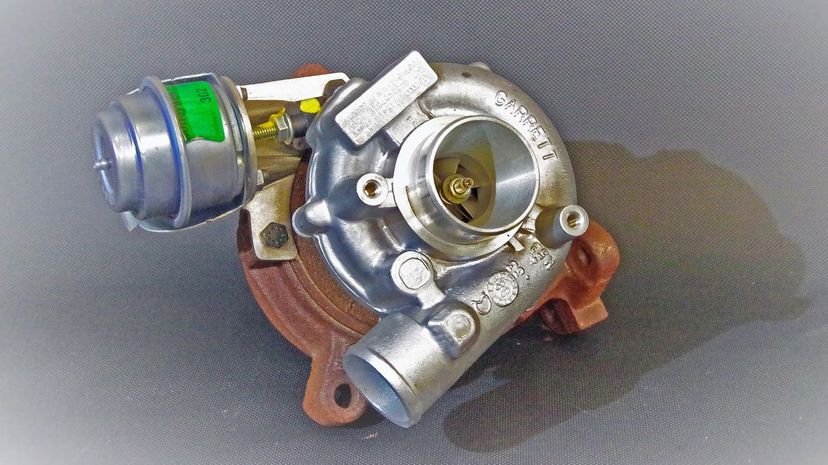
A turbocharger is a turbine that increases the engine's power output by forcing compressed air into the cylinder — more air means more fuel can be introduced, which leads to bigger explosions and more power.

The accelerator pedal actually controls the engine's throttle (the mechanism that controls how much air is entering the engine). When you allow more air in, more fuel is added to the mix, and the vehicle goes faster. The "gas" pedal is actually the "air" pedal.
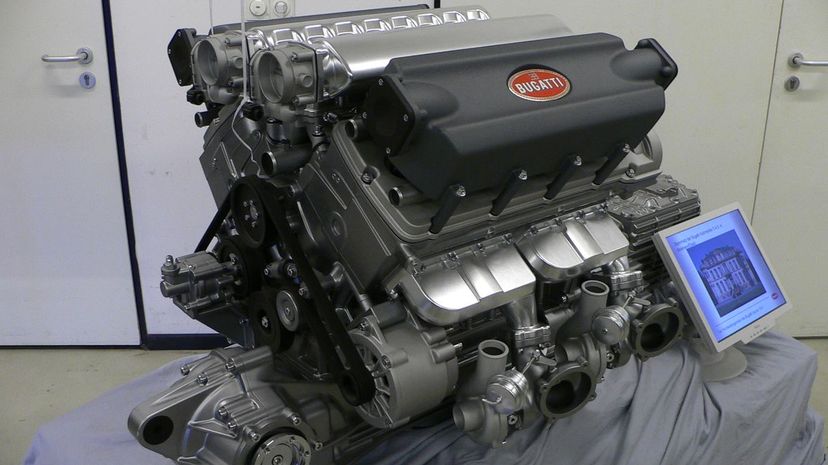
The most common engine configurations for automobiles are inline, or I, meaning the cylinders are in a straight line, and V (V6, V8), meaning the engine has two banks of cylinders that resemble the letter "V." Less common, but still in existence, are the "W" engines, which have three banks of cylinders that resemble that letter.
Advertisement
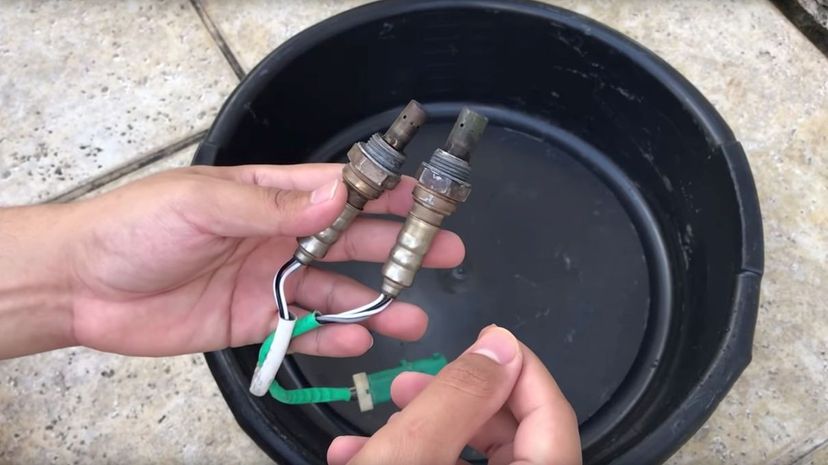
The car's oxygen sensors help with the smooth operation of the car's engine, even though they are located near the catalytic converter. These sensors detect how much unused oxygen is present in the engine's exhaust and help the vehicle's computer better calibrate how much fuel is needed for the fuel/air mix.

When an engine is going to have extra strain on it — be it pulling or carrying heavy loads or being required to go really fast — oil coolers help take some of the pressure off the motor and keep it in good working order. There are also transmission coolers designed for the same purpose.